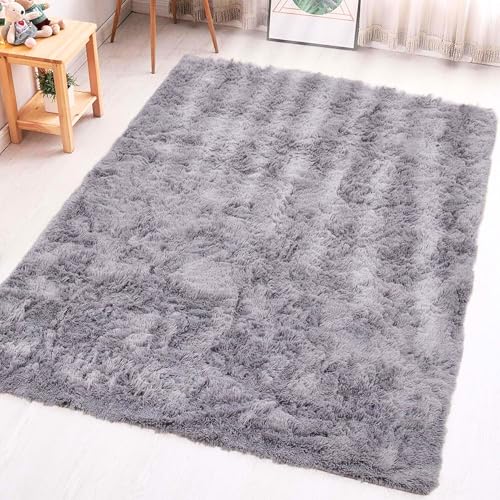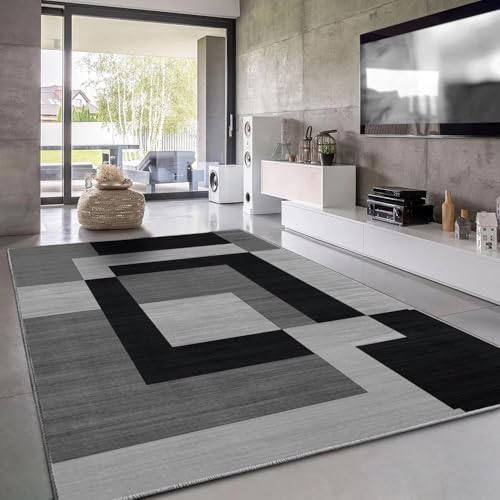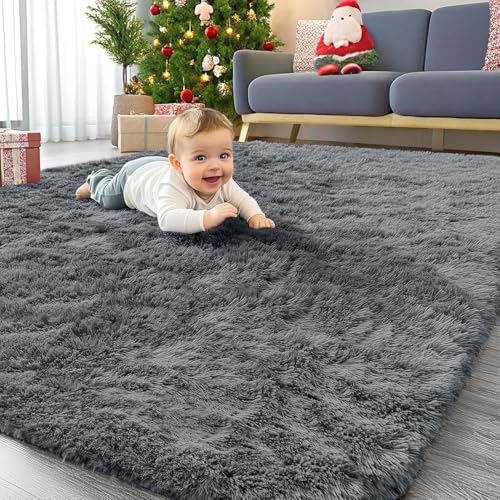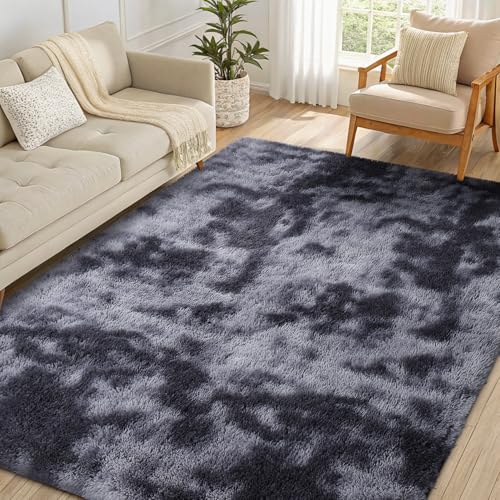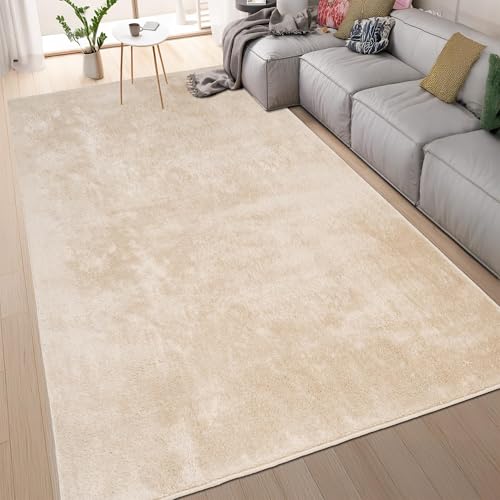Rug vs Carpet: Understanding the Key Differences
When it comes to home decor, rugs and carpets are common elements that add warmth, texture, and style to any space. While many people often use these terms interchangeably, there are distinct differences between a rug and a carpet. From size and placement to materials and functionality, understanding these variations can help you make informed decisions when selecting the perfect flooring option for your home.
Size and Portability
Rugs are typically smaller in size compared to carpets. They come in a variety of dimensions, ranging from small accent pieces to larger area rugs that can cover a significant portion of the floor. Due to their smaller size, rugs are more portable and can be easily moved from one room to another or even taken outdoors for picnics or camping trips. On the other hand, carpets are permanent fixtures that cover the entire floor area of a room. They are typically installed wall-to-wall and require professional installation.
Placement and Functionality
Rugs are versatile and can be placed in various parts of the house, such as living rooms, bedrooms, entryways, and dining areas. They serve both functional and aesthetic purposes, adding comfort, warmth, and style to a room. Carpets, on the other hand, are usually limited to indoor use and cover the entire floor of a room. They offer insulation, noise reduction, and provide a unified look to the space. Carpets are commonly found in residential homes, offices, hotels, and commercial spaces.
Material and Construction
Rugs and carpets are made from various materials, and the choice of material affects their appearance, durability, and maintenance requirements. Rugs can be handmade or machine-made and are crafted from a wide range of materials such as wool, cotton, silk, jute, sisal, and synthetic fibers. Carpets, being larger in size, are usually made using machine tufting or weaving techniques. They can be made from similar materials as rugs, but with more durable and stain-resistant options commonly used due to their long-term use and heavy foot traffic.
Cleaning and Maintenance
When it comes to cleaning and maintenance, rugs are generally easier to clean than carpets. Regular vacuuming, spot cleaning, and occasional professional deep cleaning can keep rugs looking fresh and well-maintained. Some rugs can also be taken outside for shaking or beating to remove dust and debris. Carpets, due to their larger size and permanent installation, require more effort and specialized cleaning methods. Regular vacuuming, steam cleaning, and periodic professional deep cleaning are essential to keep carpets clean and free from allergens and dirt.
Cost and Accessibility
Cost is another significant difference between rugs and carpets. Rugs are generally more affordable and accessible, with a wide range of options available at different price points. Their smaller size and portability make them an easy and cost-effective way to change the look and feel of a room. Carpets, due to their larger size and professional installation requirements, tend to be more expensive. The cost of carpets also varies depending on the material, construction, and quality.
In conclusion, while rugs and carpets serve similar purposes in home decor, there are notable differences between the two. Rugs are smaller in size, more portable, and versatile in terms of placement. Carpets, on the other hand, cover the entire floor area, giving a more permanent and unified look to a room. Understanding these distinctions can help you choose the right flooring option based on your specific needs, style preferences, and budget.


